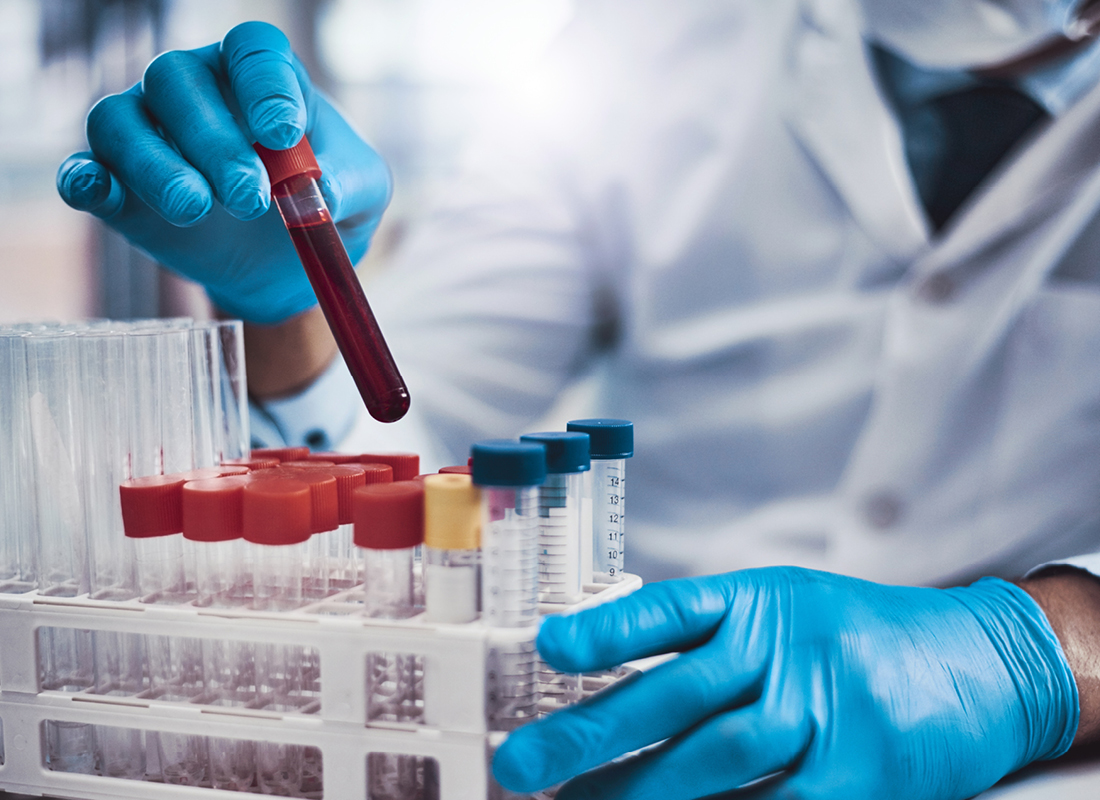Market for LDTs Expected to Top $17 Billion by 2025
Even as the battle over FDA regulatory control over laboratory developed tests (LDTs) intensifies, the economic stakes get bigger. The current market value for LDTs is $12 billion. But a new report from a leading diagnostics industry analyst estimates that figure to grow to nearly $17.7 billion by 2025. LDTs and the Pandemic The LDT market was growing even before the pandemic, albeit at a more modest rate, thanks to the development polymerase chain reaction (PCR), next generation sequencing (NGS) and microarrays technologies enabling labs to meet the need for new and improved tests for cancer, genetic disorders and infectious diseases. However, according to the new report published by Kalorama Information, the unprecedented demand for new COVID-19 diagnostic tests has “changed the landscape of LDTs.” Many of the first COVID-19 tests to receive Emergency Use Authorization (EUA) were LDTs. These included innovative tests covering the gamut from RT-PCR molecular to serologically-based antibody and antigen assays. Development of COVID-19 LDTs is expected to continue despite the FDA’s recent announcement that it will no longer provide EUA review of such tests. Most of the LDTs on the market today are small-volume tests, Kalorama notes. But there are also a handful of large-volume […]

Even as the battle over FDA regulatory control over laboratory developed tests (LDTs) intensifies, the economic stakes get bigger. The current market value for LDTs is $12 billion. But a new report from a leading diagnostics industry analyst estimates that figure to grow to nearly $17.7 billion by 2025.
LDTs and the Pandemic
The LDT market was growing even before the pandemic, albeit at a more modest rate, thanks to the development polymerase chain reaction (PCR), next generation sequencing (NGS) and microarrays technologies enabling labs to meet the need for new and improved tests for cancer, genetic disorders and infectious diseases. However, according to the new report published by Kalorama Information, the unprecedented demand for new COVID-19 diagnostic tests has “changed the landscape of LDTs.”
Many of the first COVID-19 tests to receive Emergency Use Authorization (EUA) were LDTs. These included innovative tests covering the gamut from RT-PCR molecular to serologically-based antibody and antigen assays. Development of COVID-19 LDTs is expected to continue despite the FDA’s recent announcement that it will no longer provide EUA review of such tests.
Most of the LDTs on the market today are small-volume tests, Kalorama notes. But there are also a handful of large-volume LDTs based on NGS and other technologies that can’t be easily packaged into kits or shipped to the labs that perform the test. Oncology remains the largest segment of the LDT market.
The Kalorama Report
Kalorama’s market growth projections are based on data on all clinical tests developed by labs for their own use, as opposed to IVD kids manufactured and sold by diagnostic companies for use by many different labs. The capital for growth exists. According to Kalorama, the development of new LDTs and growing revenues generated by current products have attracted investors and companies seeking targets for acquisition.
However, there are also concerns that have the potential to limit growth, including the reluctance of payors to cover LDTs, particularly those carrying high costs. Kalorama suggests that this may eventually lead labs and companies entering the market via diversification or acquisition to offer LDTs as kits. But Kalorama also expects this transition to be slow due to the current favorable regulatory environment.
The Prospects for Growth of Coronavirus LDTs
In addition, the recent FDA abdication of EUA review may slow the development of LDTs for COVID-19 by creating new reimbursement uncertainties. The Family First Coronavirus Response Act (FFCRA) requires commercial payors to cover medically necessary SARS-CoV-2 testing without cost sharing, but only if they have EUA from the FDA. Consequently, labs developing new SARS-CoV-2 LDTs face the prospect of not being reimbursed for their tests.
In addition to reimbursement risk, eliminating EUA review of LDTs for coronavirus heightens test makers’ liability exposure by stripping away the immunity protections afforded by the Public Readiness and Emergency Preparedness Act (PREP). Like reimbursement under FFCRA, immunity from claims for use of tests during the public health emergency under PREP applies only to tests with EUA. And because of the urgency of the situation and need to get tests out faster than normal, test makers need these liability protections in case things go wrong. COVID-19 litigation has already become big business for trial lawyers and labs that develop inaccurate or faulty LDTs will be easy targets.
While it’s not full FDA approval, EUA status also raises the credibility of a lab test product in the eyes of payors, clinicians and even patients. So, taking EUA off the table may make it harder for new LDTs to compete in the market, particularly against tests that have EUA.
Subscribe to view Essential
Start a Free Trial for immediate access to this article